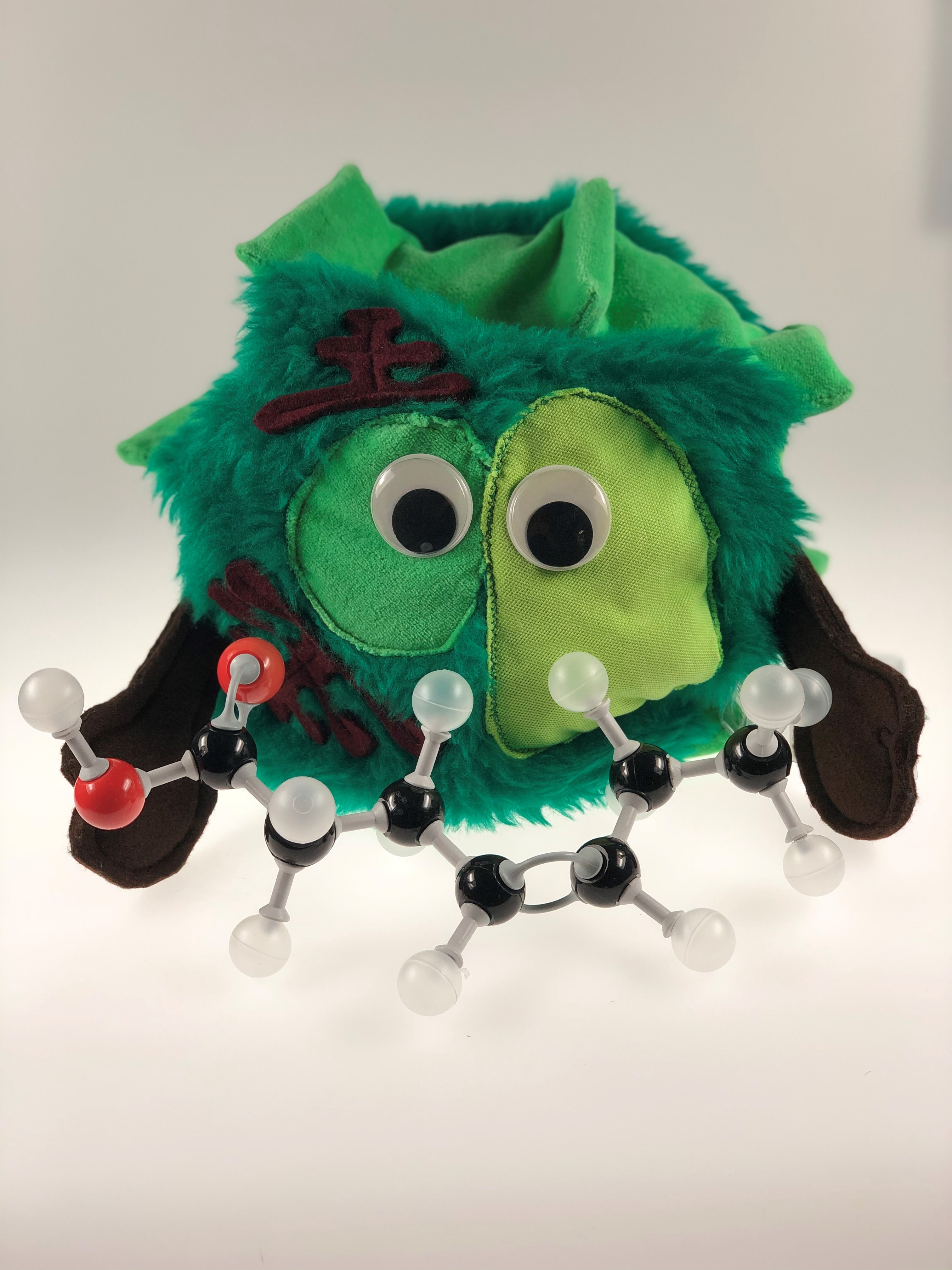Learning with McCell - part 6: Saponification number
Ready for a new lesson with McCell? Today he will tell us about Saponification number.
Fats and oils are specially constructed. Oils are actually also fats. Solid fats are often referred to as fats and liquid fats as oils. They are esters of glycerine. Usually there are three different fatty acids attached to the glycerin molecule. They are also known as triglycerides. Due to the different possible fatty acid attached, fats don’t have fixed properties such as melting point or refraction. Therefore, the characteristic values of fats, such as the iodine number, saponification number, acid number, peroxide number and ester number are determined. In the following articles we will explain the different characteristic values in more detail. We use different oils in many products. We also have some products which are declared as oil. For those products we determine those values. In addition, we also determine these for the verification of our raw materials and as apprenticeship tasks during training

The saponification number is one of several characteristic values of fat. The saponification number indicates how much potassium hydroxide is needed to saponify 1g fat. This information can be used to calculate how many acids (esters and free acids) are contained in a fat or oil. The greater the number of saponification, the more short- and medium-chain fatty acids the fat contains.
The fat is boiled on a reflux condenser with a certain amount of potassium hydroxide and alcohol for two hours. The sample is saponified, i. e. the esters are split into acid and alcohol. The excess of potassium hydroxide can then be titrated and neutralized with hydrochloric acid to determine how much potassium hydroxide was used for saponification of the sample.








